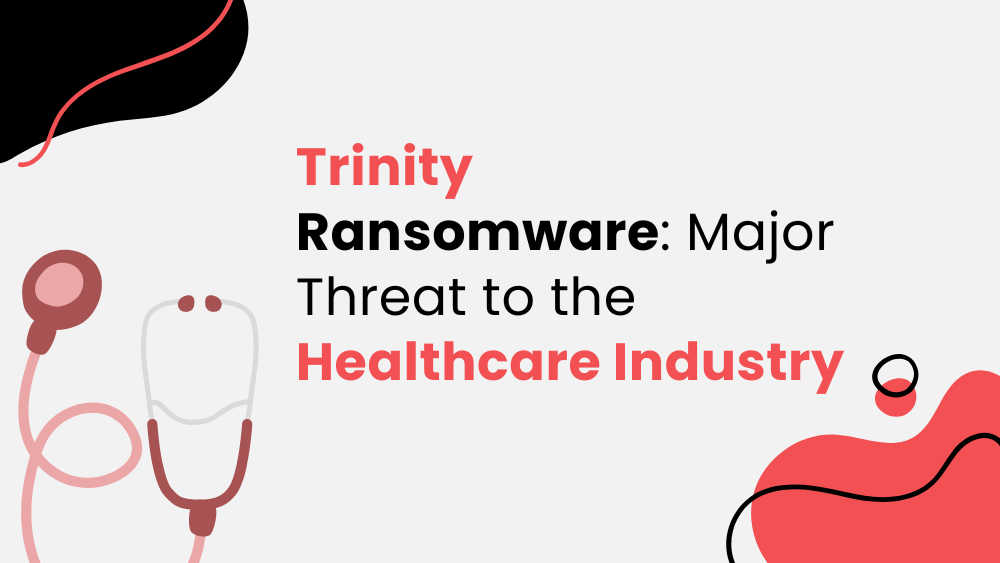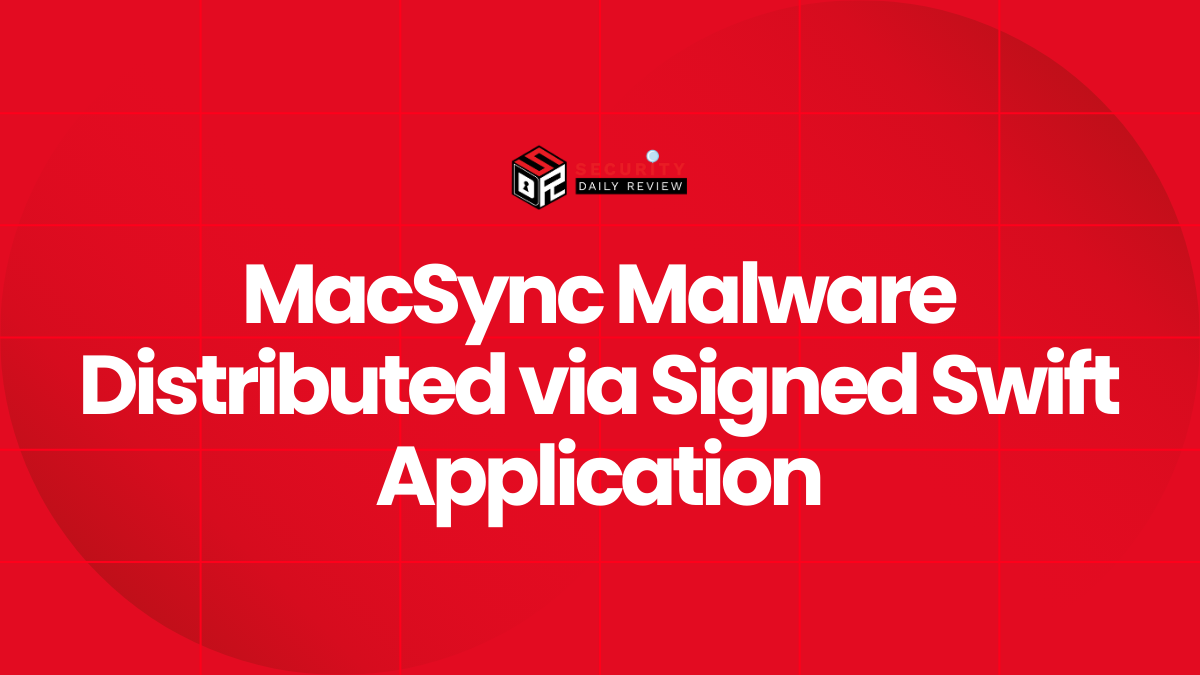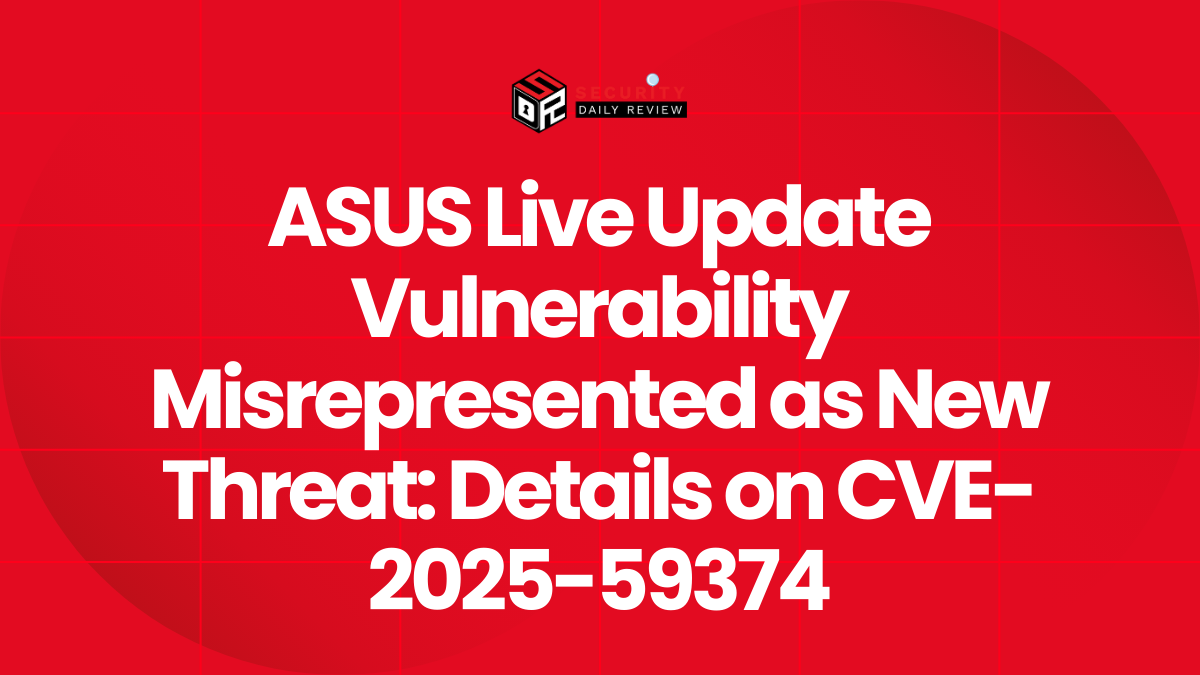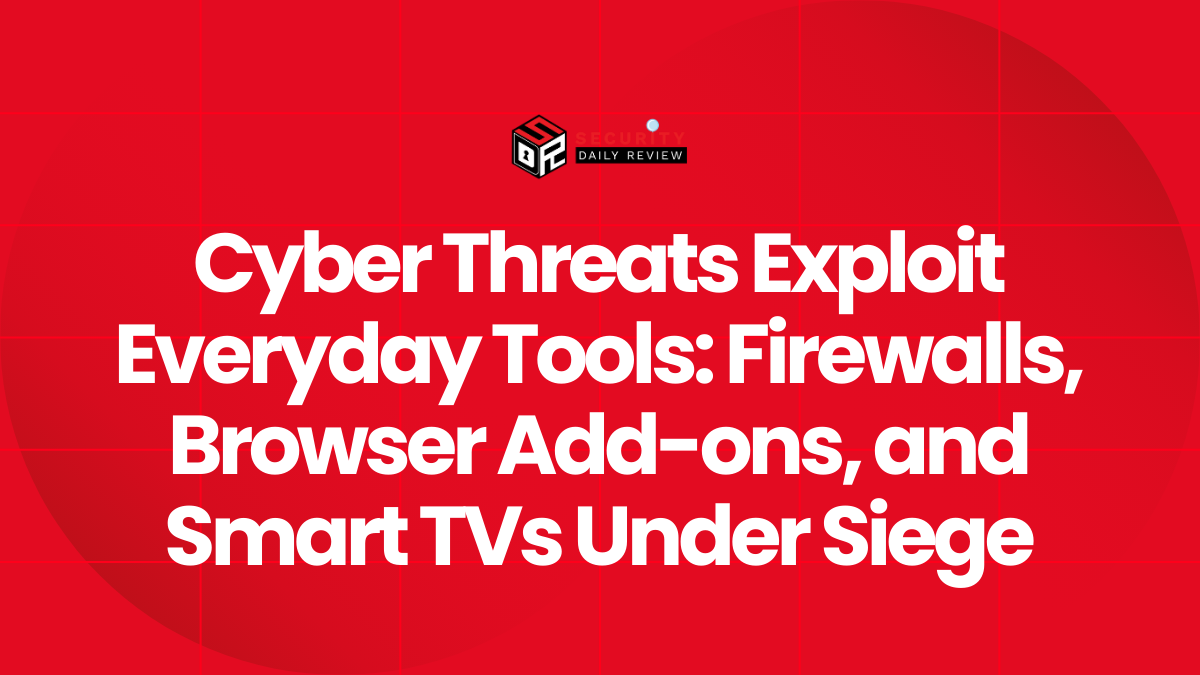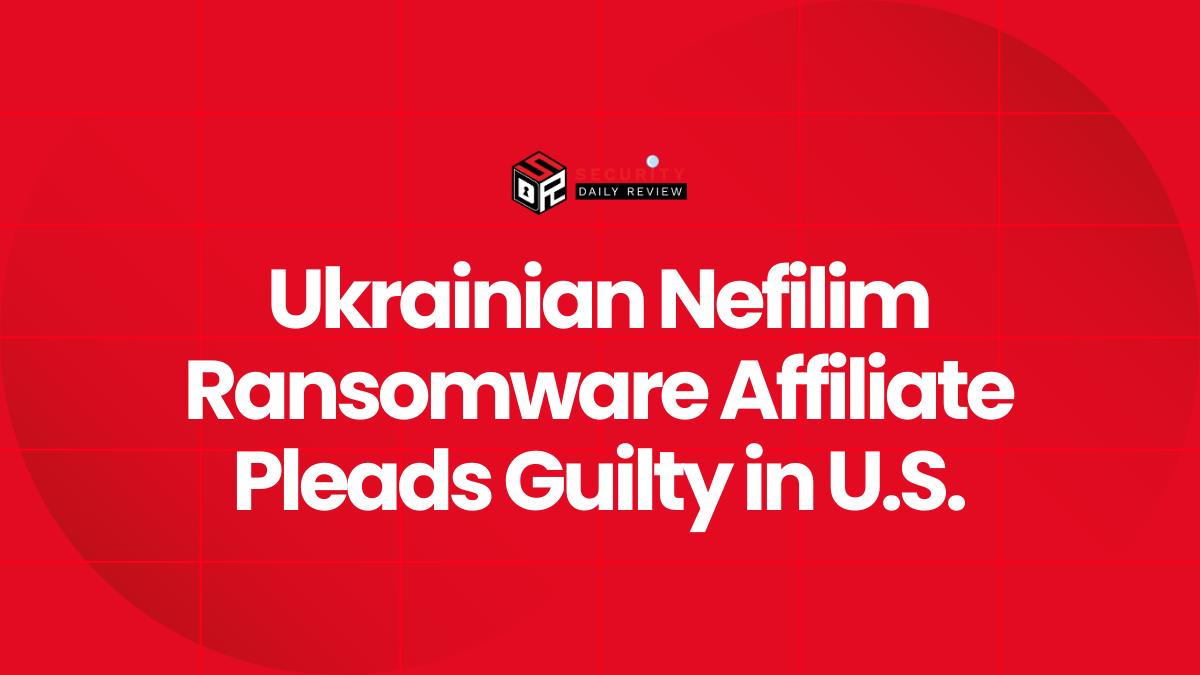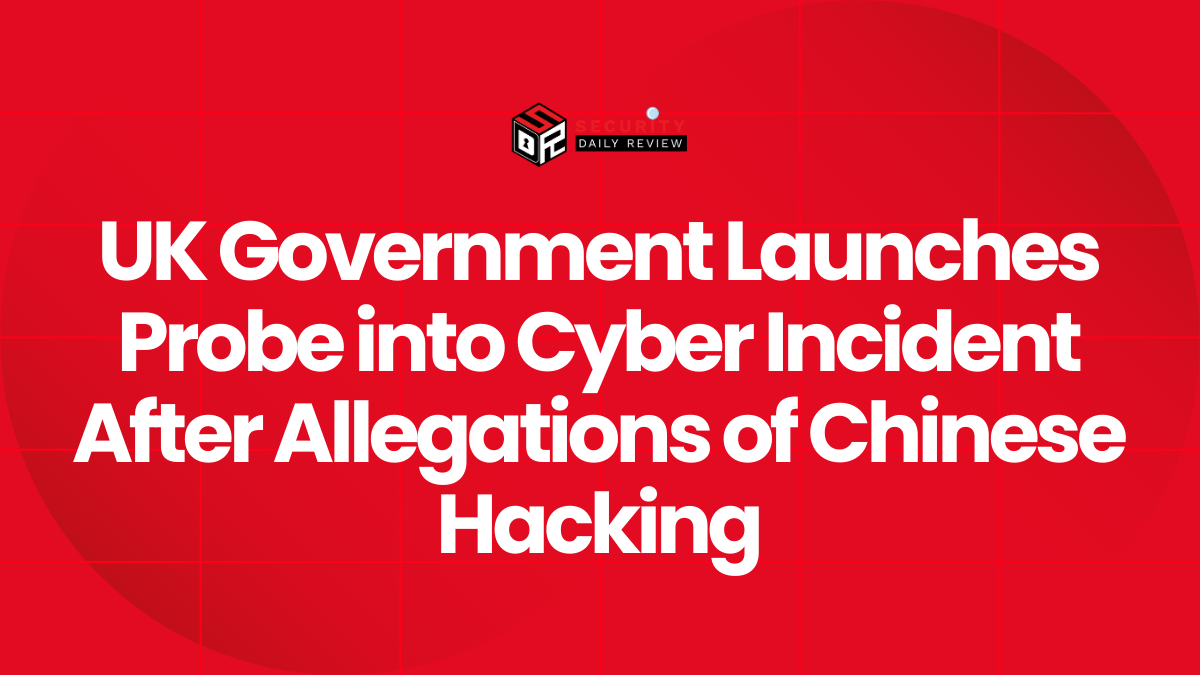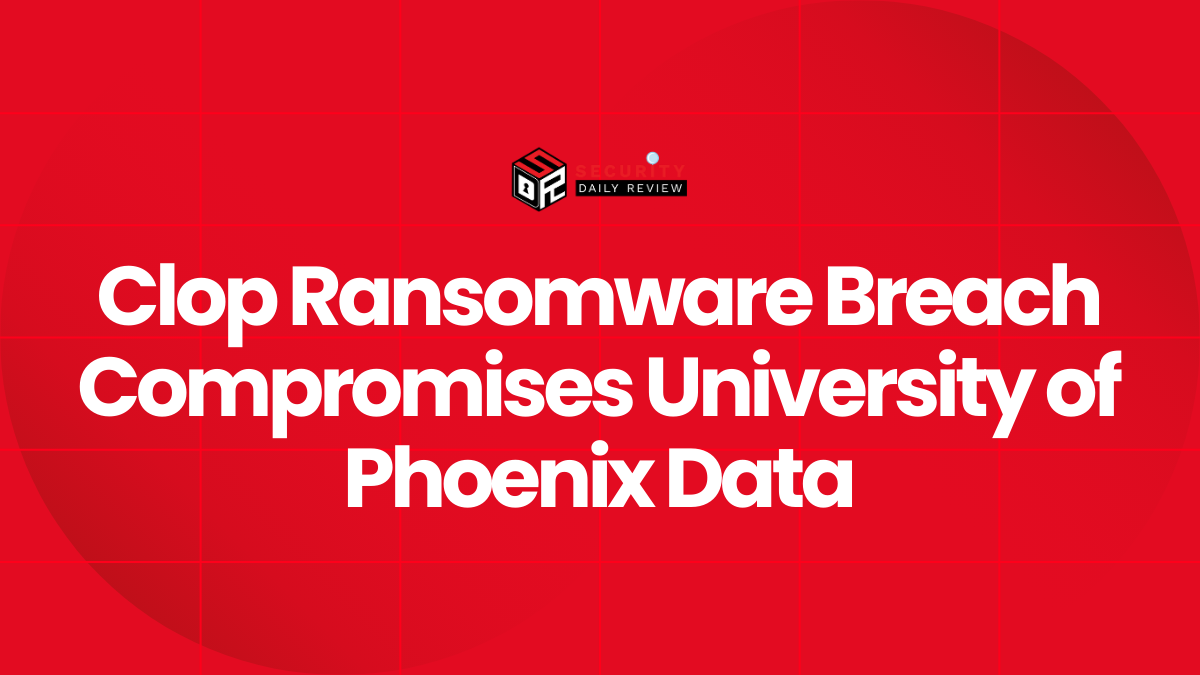Trinity ransomware, a newly emerged and highly dangerous ransomware strain, has sent shockwaves through the U.S. healthcare industry, prompting an urgent federal warning. The Department of Health and Human Services (HHS) issued an advisory highlighting the significant threat posed by this sophisticated ransomware, emphasizing its advanced tactics and techniques. The advisory underscores the urgency of the situation, as at least one U.S. healthcare entity has already fallen victim, demonstrating the real and immediate danger posed by Trinity ransomware.
This new threat is causing significant concern, particularly given the already strained resources of many healthcare providers. Understanding the technical details of this ransomware is crucial for developing effective mitigation strategies and protecting vulnerable systems. The impact of a successful Trinity ransomware attack can be devastating, leading to significant financial losses, operational disruptions, and reputational damage.
The HHS advisory reveals that the Trinity ransomware first appeared around May 2024. While at least seven victims have been identified, the most alarming aspect is that two are healthcare providers – one based in the U.K. and another, a U.S.-based gastroenterology services provider, which suffered the theft of a staggering 330 GB of data.
This U.S. provider, although unnamed in the advisory to protect their identity, has a banner on its website indicating technical difficulties and severely limited phone access, a common and tragic consequence of a successful Trinity ransomware attack. Further reports confirm another incident involving a New Jersey-based dental group. The widespread impact of this ransomware is undeniably alarming, and the potential for further attacks is a major cause for concern within the healthcare sector.
Technical Anatomy of a Trinity Ransomware Attack

The Trinity ransomware shares unsettling similarities with two other notorious ransomware groups – 2023Lock and Venus – suggesting a potential connection or even collaboration between threat actors. This collaboration poses a significant threat multiplier, potentially leading to the exchange of techniques, tools, and infrastructure, resulting in far more sophisticated and widespread attacks in the future. The Trinity ransomware employs a range of sophisticated tactics:
- Exploiting Known Vulnerabilities: The ransomware exploits common vulnerabilities to gain initial access and exfiltrate sensitive data. This initial access often leverages unpatched systems or weak security protocols.
- Lateral Movement and Network Compromise: Once installed, it systematically scans the network for additional vulnerabilities, enabling it to spread rapidly and compromise multiple systems within the victim’s infrastructure. This lateral movement is a key characteristic of the Trinity ransomware and significantly increases the potential damage.
- Data Encryption and Exfiltration: Files are encrypted and tagged with the distinctive “trinitylock” extension, rendering them inaccessible to the victim. Simultaneously, data is exfiltrated from the compromised systems.
- Ransom Note Delivery: A ransom note containing detailed instructions and a cryptocurrency payment demand is displayed prominently on the victim’s systems. Victims are typically given a short, often 24-hour, deadline to pay before data is leaked publicly. The use of cryptocurrency makes tracing and recovering funds extremely difficult for law enforcement.
- Double Extortion Tactic: The operators employ a particularly aggressive double extortion tactic, maintaining two separate websites – one for decryption assistance (for those who pay the ransom), and another to publicly display stolen data to further pressure victims into compliance. This double extortion tactic is a hallmark of increasingly sophisticated ransomware attacks and significantly increases the pressure on victims.
The similarities between Trinity ransomware and Venus and 2023Lock are striking. Federal experts have highlighted the presence of “identical ransom notes and code,” along with similar encryption algorithms, registry values, and naming conventions. Ransomware expert Allan Liska of Recorded Future News aptly describes Trinity ransomware as “not a particularly sophisticated ransomware strain,” but this assessment shouldn’t diminish the very real threat it poses. The potential for collaboration among threat actors, as suggested by the similarities to other strains, significantly amplifies the danger.
The Devastating Impact of Trinity Ransomware Attacks on Healthcare
The Trinity ransomware attacks on the healthcare industry are particularly devastating due to the sensitive nature of the data involved and the potential disruption to critical services. The recent attack on a Texas hospital, the only level 1 trauma center within 400 miles, serves as a stark reminder of the real-world consequences.
The hospital was forced to severely limit operations and divert ambulances, highlighting the direct impact on patient care and public safety. While phone lines have since been restored, the incident underscores the potentially catastrophic consequences of these attacks. The HHS advisory serves as a critical warning, urging healthcare providers to significantly strengthen their cybersecurity defenses and prepare for potential Trinity ransomware attacks.
The financial impact of these attacks is also substantial, with ransomware operations earning an estimated $450 million in the first half of 2024 alone, despite increased law enforcement efforts. The continued success of these attacks underscores the urgent need for proactive and comprehensive cybersecurity strategies within the healthcare sector. The vulnerability of healthcare systems to ransomware attacks requires a multi-faceted approach, encompassing technological solutions, employee training, and robust incident response plans.
How the Healthcare Industry Can Protect Patient Data from Trinity Ransomware
Given the significant threat posed by Trinity ransomware, healthcare providers must prioritize proactive measures to enhance their cybersecurity posture. These measures should include:
- Regular Software Updates and Patching: Promptly patching known vulnerabilities is crucial in preventing initial access by ransomware.
- Robust Network Segmentation: Segmenting the network can limit the impact of a successful breach, preventing the ransomware from spreading laterally.
- Multi-Factor Authentication (MFA): Implementing MFA adds an extra layer of security, making it significantly harder for attackers to gain unauthorized access.
- Employee Security Awareness Training: Educating employees about phishing scams and other social engineering tactics is essential in preventing initial infection.
- Regular Backups and Data Recovery Plans: Having regular, offline backups is critical for data recovery in the event of a ransomware attack.
- Incident Response Plan: Developing a comprehensive incident response plan will help organizations effectively manage and mitigate the impact of a ransomware attack.
- Threat Intelligence Monitoring: Staying informed about emerging threats, like Trinity ransomware, is crucial for proactive defense.
The emergence of Trinity ransomware and its links to other ransomware groups highlight the evolving and increasingly collaborative nature of cybercrime. The HHS advisory is a critical step in raising awareness and urging healthcare providers to take immediate and decisive action. Understanding the technical details of the Trinity ransomware, its similarities to other strains, and its devastating impact on the healthcare industry is paramount for developing effective mitigation strategies.
Continuous vigilance, robust cybersecurity practices, and collaboration within the healthcare sector are absolutely crucial in combating this and future ransomware threats. The potential for further attacks remains very high, and proactive measures are essential to protect sensitive patient data, maintain the integrity of healthcare services, and safeguard the well-being of patients and communities.
Frequently Asked Questions (FAQs)
Q: What is Trinity ransomware?
A: Trinity ransomware is a newly discovered ransomware strain that has already impacted several organizations, including at least one U.S. healthcare provider. It shares similarities with other ransomware strains like Venus and 2023Lock, suggesting potential connections or collaborations between threat actors.
Q: How does Trinity ransomware work?
A: Trinity ransomware uses common tactics, exploiting vulnerabilities to gain initial access, then spreading laterally across a network to encrypt files and steal data. It demands a ransom in cryptocurrency for decryption and threatens to leak stolen data if the ransom isn’t paid.
Q: What are the risks associated with Trinity ransomware?
A: The risks include data loss, financial losses from ransom payments and business disruption, reputational damage, and potential legal liabilities. For healthcare providers, the risks are amplified due to the sensitive nature of patient data and the potential impact on patient care.
Q: How can I protect my organization from Trinity ransomware?
A: Implement robust cybersecurity measures including regular software updates, strong network security, multi-factor authentication, employee security awareness training, regular data backups, and a comprehensive incident response plan. Stay informed about emerging threats through threat intelligence feeds.
Q: What should I do if my organization is attacked by Trinity ransomware?
A: Immediately disconnect affected systems from the network to prevent further spread. Contact law enforcement and a cybersecurity incident response team. Do not pay the ransom unless advised by law enforcement and cybersecurity experts. Focus on data recovery from backups.
Q: Is there a decryption tool available for Trinity ransomware?
A: Currently, no publicly available decryption tool exists for Trinity ransomware. The best approach is prevention through strong cybersecurity practices and data backups.
This blog post aims to provide comprehensive information about Trinity ransomware and is not intended as legal or cybersecurity advice. Consult with cybersecurity professionals for tailored guidance.

